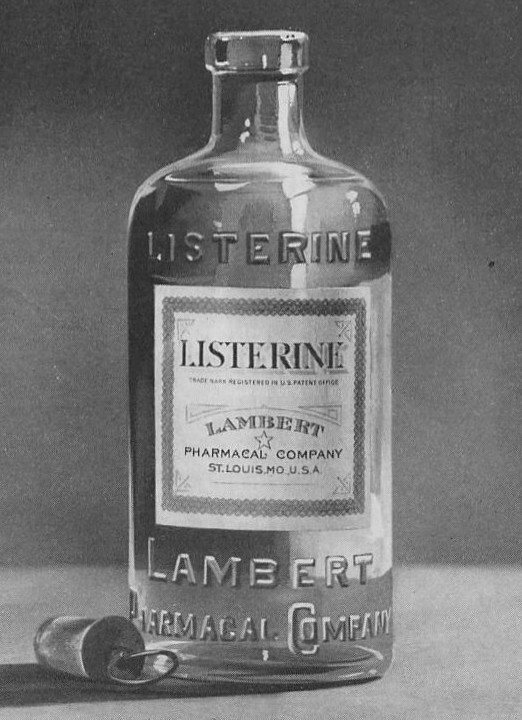As consumers we don't always think about the origins of some of our favorite products.
While a lot of products had very simple beginnings, there are plenty that started out with uses that are very different from what we need them for today. For instance, prior to being used as a feminine hygiene product, tampons were designed for bullet wounds.
Not all products have life-changing back stories like tampons. In fact, some had very obscure purposes and you'll be glad that they have been reinvented.
Here are 6 common products we use today that were initially intended for other purposes:
1. Lysol
In the late 1920s, Lysol was well-known for being a feminine hygiene product. Yup, the same brand that labels its products as dangerous when it comes in contact with skin was marketed was an effective vaginal douche. Women were made to believe that the concentrated solution could prevent infections and odor through propaganda laden ads.

2. Graham Crackers
In the 1800s, Sylvester Graham developed the original graham cracker recipe also known as graham bread to curb the sexual desires of misguided teenagers. He used some fear-mongering tactics to convince the population that lust could lead to disease and mental illness. Graham encouraged families to bake graham bread in their homes to help tame carnal desires and free them of evil.

3. Bubble Wrap
Engineers Al Fielding and Marc Chavannes invented the Bubble Wrap in 1957 but it wasn't intended for packaging or curing boredom. They wanted to create textured wallpaper but the idea didn't go over too well. They went on to market their invention for insulation purposes but that failed too. It wasn't until 1959 that Bubble Wrap became an important part of packaging thanks to IBM.

Click on the next page for more products that were initially intended for other uses including Listerine.
4. Play-Doh
Speaking of wallpapers, Play-Doh, the popular children's craft staple was first used as a wallpaper cleaner. The product was invented during the Great Depression by a soap company called Kutol after people complained about soot build up. The cleaner took on the form of modelling clay in 1954, after a nursery teacher discovered it could be used to make Christmas decoration. Her brother-in-law Joe McVicker pitched the idea to Kutol and the rest was history.

5. Corkscrew
If there is one good thing that came out of war, it's the corkscrew. That's right, the popular wine bottle opener was initially used by soldiers to remove lodged bullets from the barrels of their guns. Originally known as "gun worms," corkscrews eventually made its way to homes around the world after the British discovered that the tool's metal claws was perfect for removing cider and beer bottle stoppers.

6. Listerine
In 1879, Listerine was invented by Dr. Joseph Lawrence to act as a surgical antiseptic. He named it after the pioneer of antiseptic surgery, Dr. Joseph Lister. Although, it had a successful first run, the germ-killer wasn't strong enough for operating rooms. In 1895, it was re-introduced as a mouthwash, a purpose it still holds today.

Did any of these surprise you? Share your thoughts in the comments!

